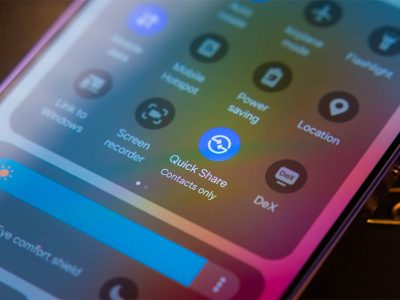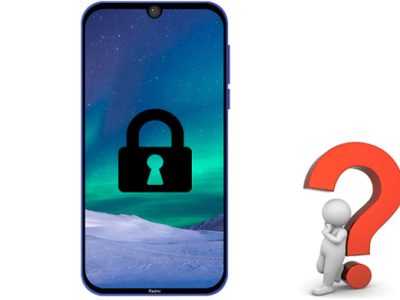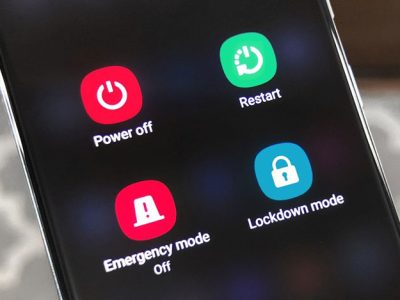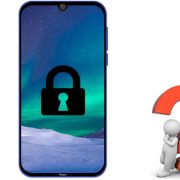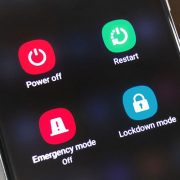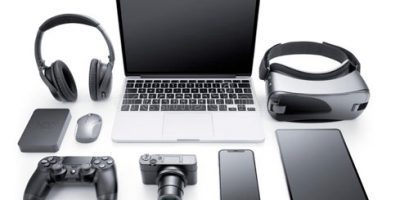
The accelerometers in our smartphones collect data as we drive over bridges, which can reveal if the structure is deteriorating and when to repair it to extend its life.
Engineers could use smartphone data to assess the health of bridges, potentially adding up to 15 years to the usable lifetimes of these structures.
Most bridges are inspected visually, which can be a time-consuming process. Alternatively, mounted sensors can detect vibrations known as modal frequencies, which are linked to the physical characteristics of the bridge and can be used to assess its health; however, installing these on all bridges would be prohibitively expensive.

Smartphones Prophesy when Bridge will collapse
Now, Thomas Matarazzo of the United States Military Academy at West Point, New York, and his colleagues have developed a system that uses movement data from phones to measure modal frequencies and thus monitor bridge health. “We don’t need to buy any additional or special sensors to collect the data we need at scale,” Matarazzo says.
To accomplish this, the researchers used an app to collect data from phones as they crossed bridges. They used GPS location data as well as information from the phones’ accelerometers, which can reveal even the smallest movements made by the phone.
The study was divided into three sections: the first involved the researchers mounting two iPhones in their cars and driving over the Golden Gate Bridge in San Francisco 100 times.
In the second, they collected data from Uber drivers who made more than 70 trips across the Golden Gate Bridge as part of their daily work. The researchers also used data from approximately 250 trips made with Android smartphones across a short concrete bridge in Ciampino, Italy, which is more representative of bridges in the United States.
From the carefully controlled Golden Gate Bridge trips to the essentially uncontrolled Uber trips, all three data sets had varying levels of supervision. Matarazzo and his colleagues discovered that they could measure the modal frequencies of the bridges from any of the data sets to within 3% of the readings taken by highly accurate static sensors. “This is really monumental because it means you can estimate these important dynamic properties using low-cost, pre-existing data sets,” says Matarazzo, and it should work with existing data sets from taxi apps like Uber.
However, in some cases, the smartphone data would almost certainly need to be supplemented with human inspection. According to Matarazzo, you could use this method on thousands of bridges while only sending someone to monitor the ones that require it.
Given the pervasiveness of mobile phone data, the researchers estimate that their method could add more than two years of additional service time to an old bridge and nearly 15 years of service to a new bridge by performing maintenance at the appropriate time in the bridge’s lifetime.
Views: 183


